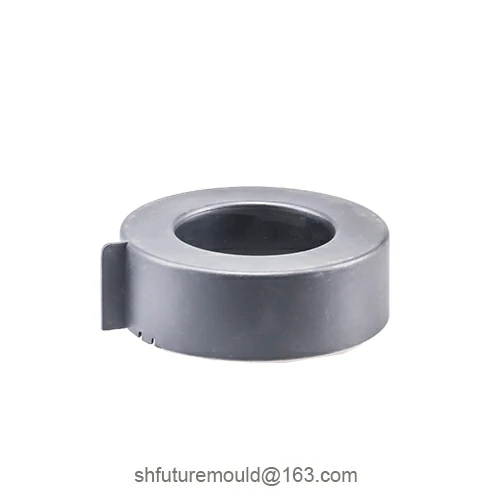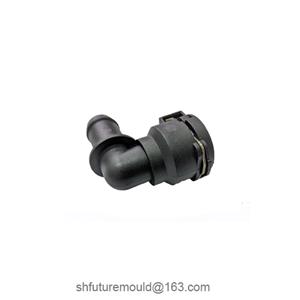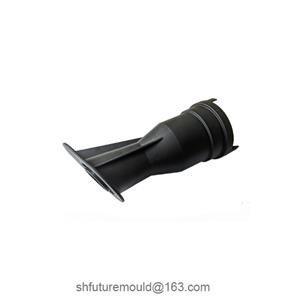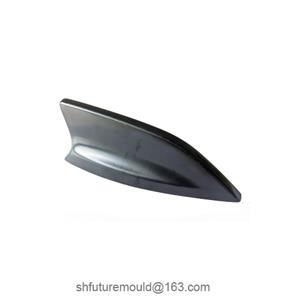A Brief Introduction to Various Types of Molds
Molds are indispensable tools in manufacturing, used to shape various workpiece shapes. Depending on different processing techniques and materials, molds can be categorized into several types. Below is a brief introduction to common types of molds:
1. Plastic Molds
Plastic molds are primarily used for shaping plastic products and are the most widely used molds in the plastics processing industry. Common plastic molds include:
Injection Molds: Molten plastic is injected into a mold cavity, cooled, and solidified to form a product. Widely used in the production of various plastic products such as phone cases and automotive parts.
Blow Molds: Molten plastic is blown into a mold cavity, and air pressure is used to expand it and adhere to the inner wall of the cavity. After cooling, a hollow product is formed. Commonly used for producing bottles, containers, etc.
Extrusion Molds: Molten plastic is continuously extruded, and the shape of the mold is changed to form products with various cross-sectional shapes. Commonly used for producing pipes, profiles, etc.
2. Metal Molds
Metal molds are primarily used for shaping metal materials. Common metal molds include:
Stamping Molds: Sheet metal is cut, bent, and drawn into various shapes through stamping. Widely used in the automotive and home appliance industries.
Casting Molds: Molten metal is poured into a mold cavity, cooled, and solidified to form a casting. Used to produce various castings such as engine blocks and valves.
Forging Molds: Metal materials are plastically deformed through forging to obtain the desired shape and properties. Commonly used for producing shaft parts, gears, etc.
The Role of Molds
Molds play a crucial role in manufacturing, primarily in the following aspects:
Ensuring Product Quality: The precision of the mold directly affects the quality of the product.
Improving Production Efficiency: Molds have a high degree of automation, which can significantly improve production efficiency.
Reducing Production Costs: Molds can be reused, reducing production costs.
Achieving Product Diversification: By replacing molds, various shapes and sizes of products can be produced.
- Injection Mold
- Automotive Injection Mold
- Electronics & Electrical Injection Mold
- Consumer Goods Injection Mold
- Airplane Components Injection Mold
- Medical Components Injection Mold
- Irrigation Components Injection Mold
- Injection Molds




